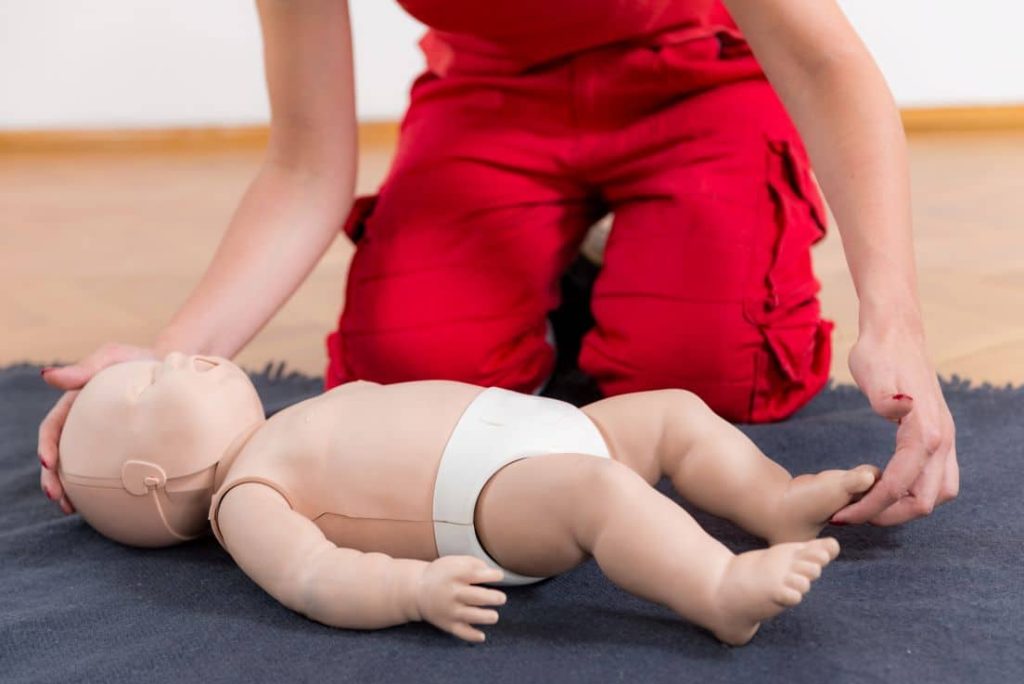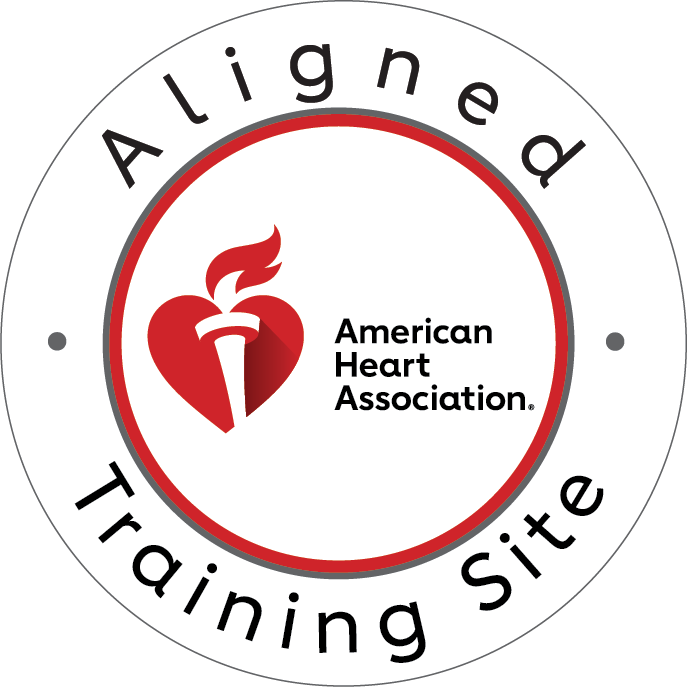When cardiac emergencies strike, every second counts. Understanding age-based protocols in Basic Life Support (BLS) can mean the difference between life and death. These specialized protocols ensure that healthcare providers and first responders deliver appropriate care tailored to different age groups, from infants to adults.
Understanding Standard BLS Protocol and Age-Based Protocols in BLS
The standard BLS protocol follows a systematic approach known as the Chain of Survival. However, age-based protocols in BLS recognize that children, infants, and adults require different techniques due to anatomical and physiological differences. These protocols ensure that compression depth, rate, and rescue breathing techniques are appropriately modified for each age group.
Furthermore, the American Heart Association emphasizes that age-based protocols in BLS must be practiced regularly to maintain proficiency. Each age category requires specific hand placement, compression techniques, and airway management strategies that healthcare providers must master through comprehensive training programs.
Adult BLS Protocol (8 years and older)
Adult BLS protocol forms the foundation of emergency cardiac care. Compressions should be performed at a depth of at least 2 inches but no more than 2.4 inches, delivered at a rate of 100-120 compressions per minute. Additionally, the heel of one hand is placed on the lower half of the breastbone, with the other hand interlocked on top.
Moreover, adult victims require complete chest recoil between compressions to allow adequate venous return. The compression-to-ventilation ratio remains 30:2 for single rescuers, while healthcare providers performing two-person CPR maintain the same ratio until an advanced airway is established.
Pediatric Age-Based Protocols in BLS (1-8 years)
Pediatric BLS protocols require significant modifications from adult techniques. Children’s smaller body size necessitates compressions at a depth of at least one-third the chest diameter, typically about 2 inches. Consequently, single-hand compressions may be appropriate for smaller children, while larger children may require the two-hand technique.
Similarly, pediatric age-based protocols in BLS emphasize the importance of opening the airway carefully to avoid hyperextension of the neck. The compression-to-ventilation ratio remains 30:2 for single rescuers, but healthcare providers use 15:2 when two rescuers are present.
Infant BLS Protocol (under 1 year)
Infant age-based protocols in BLS require the most specialized techniques. Compressions are performed using two fingers placed just below the nipple line on the breastbone. The compression depth should be at least one-third the chest diameter, approximately 1.5 inches, delivered at the same rate as adult compressions.
Additionally, infant airway management requires particular attention to avoid overextension. The head should be positioned in a neutral “sniffing” position, and gentle breaths should be delivered to avoid overinflation of small lungs.
The Golden Rule of BLS and Age-Based Protocols
The golden rule of BLS states: “Push hard, push fast, minimize interruptions, and allow complete chest recoil.” This fundamental principle applies across all age-based protocols in BLS, though the implementation varies significantly between age groups.
Specifically, the golden rule emphasizes that high-quality chest compressions are the cornerstone of successful resuscitation. However, age-based protocols in BLS modify this rule to ensure safety and effectiveness for each demographic. For instance, while adults require forceful compressions, infant protocols demand more gentle yet effective techniques.
Furthermore, the golden rule includes minimizing interruptions in compressions, which is crucial across all age-based protocols in BLS. Research demonstrates that prolonged interruptions significantly decrease survival rates, making continuous, high-quality compressions essential regardless of the victim’s age.
New BLS Algorithm and Age-Based Protocols in BLS
Recent updates to BLS algorithms have strengthened the emphasis on age-based protocols in BLS. The new algorithm prioritizes immediate recognition of cardiac arrest, early activation of emergency response systems, and rapid initiation of high-quality CPR tailored to the victim’s age.
Updated Recognition Strategies
The new BLS algorithm emphasizes rapid assessment techniques that consider age-specific presentations of cardiac arrest, taking into account the unique characteristics of each age group. Adults may present with classic signs, while children and infants often show different indicators that require trained recognition through age-based protocols in BLS training.
Additionally, the updated algorithm stresses the importance of checking for responsiveness and normal breathing simultaneously, rather than sequentially. This approach reduces delay in initiating compressions across all age-based protocols in BLS.
Enhanced Compression Techniques
Recent algorithm updates have refined compression techniques within age-based protocols in BLS. The new guidelines emphasize achieving adequate compression depth while avoiding excessive force that could cause injury, particularly important in pediatric and infant protocols.
Moreover, the new BLS algorithm incorporates feedback-device recommendations to help rescuers maintain proper compression quality across different age groups. These devices provide real-time guidance for depth, rate, and recoil, supporting effective implementation of age-based protocols in BLS.
Improved Team Dynamics
The updated BLS algorithm places greater emphasis on coordinated team responses that seamlessly integrate age-based protocols in BLS. Teams must quickly identify the victim’s age category and implement appropriate protocols without delay or confusion.
Consequently, the new algorithm includes specific role assignments that consider the unique requirements of different age-based protocols in BLS. This structured approach ensures that team members can efficiently transition between adult, pediatric, and infant protocols as needed.
Advanced Considerations in Age-Based Protocols in BLS
Healthcare providers must understand that age-based protocols in BLS extend beyond basic compression techniques. These protocols encompass medication dosing, defibrillation energy levels, and post-resuscitation care strategies that vary significantly between age groups.
Furthermore, age-based protocols in BLS require practitioners to consider developmental and anatomical differences that affect treatment approaches. For example, pediatric patients have different metabolic needs and drug clearance rates that influence post-cardiac arrest care protocols.
Training and Certification in Age-Based Protocols in BLS
Mastering age-based protocols in BLS requires comprehensive training that includes hands-on practice with age-appropriate mannequins. Training programs must provide adequate time for learners to practice transitions between different protocols and develop muscle memory for each technique.
Additionally, ongoing education ensures that healthcare providers maintain proficiency in age-based protocols in BLS. Regular recertification courses reinforce proper techniques and introduce updates to guidelines as they evolve.
Conclusion: Mastering Age-Based Protocols in BLS Saves Lives
Understanding and implementing age-based protocols in BLS represents a critical competency for healthcare providers and emergency responders. These specialized techniques ensure that victims of all ages receive appropriate, evidence-based care during cardiac emergencies.
The integration of standard BLS protocols with age-specific modifications creates a comprehensive approach to emergency cardiac care. By following the golden rule of BLS while adapting techniques for different age groups, rescuers can maximize survival outcomes across all demographics.
As BLS algorithms continue to evolve, staying current with age-based protocols in BLS remains essential for maintaining certification and providing optimal patient care. Regular training, practice, and recertification ensure that these life-saving skills stay sharp and effective.
Take Action: Get Certified in Age-Based BLS Protocols Today
Don’t wait until an emergency strikes to learn these critical life-saving skills. CPR Cincinnati offers comprehensive BLS certification in Cincinnati through the American Heart Association, covering all essential age-based protocols in Basic Life Support. Our stress-free, hands-on classes ensure you’ll master adult, pediatric, and infant BLS techniques with confidence.
Whether you need initial certification or renewal, our expert instructors provide the best CPR certification in Cincinnati. Join the ranks of prepared healthcare providers who can respond effectively to cardiac emergencies across all age groups. Contact CPR Cincinnati today to schedule your BLS certification class and become proficient in age-based protocols that save lives.





